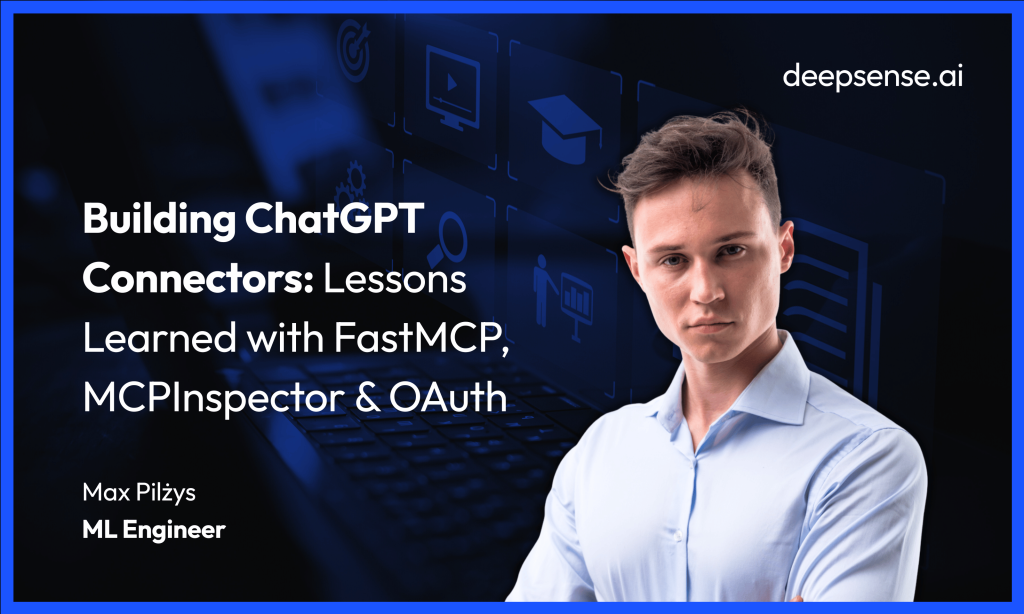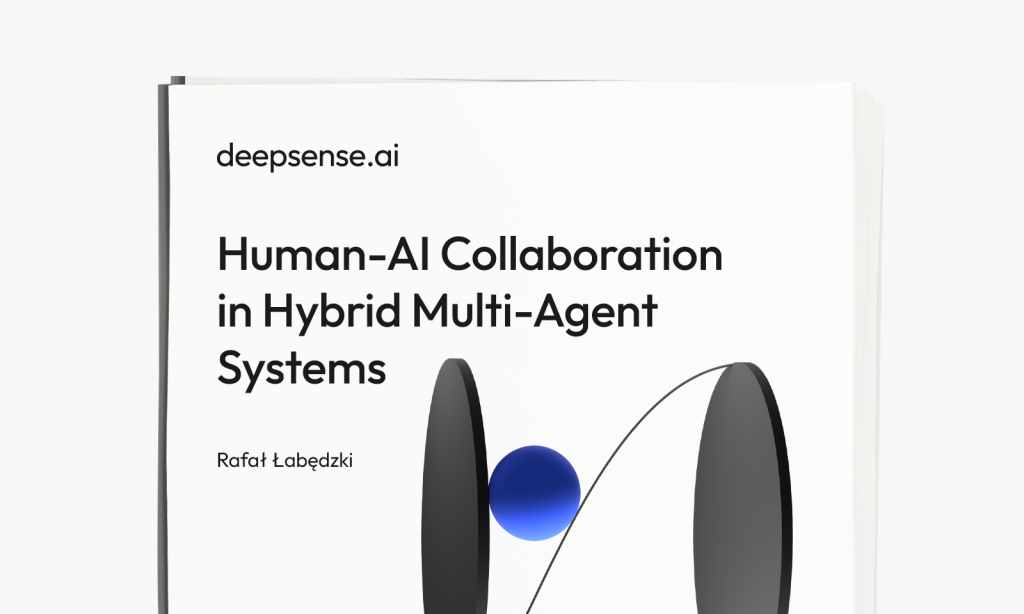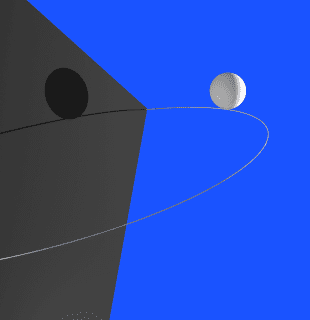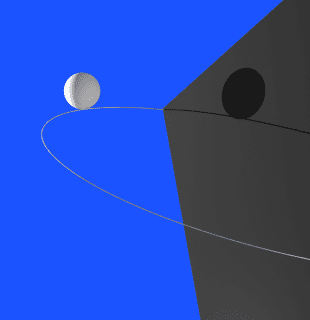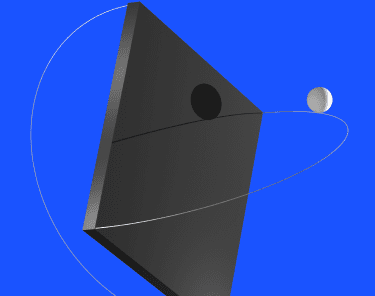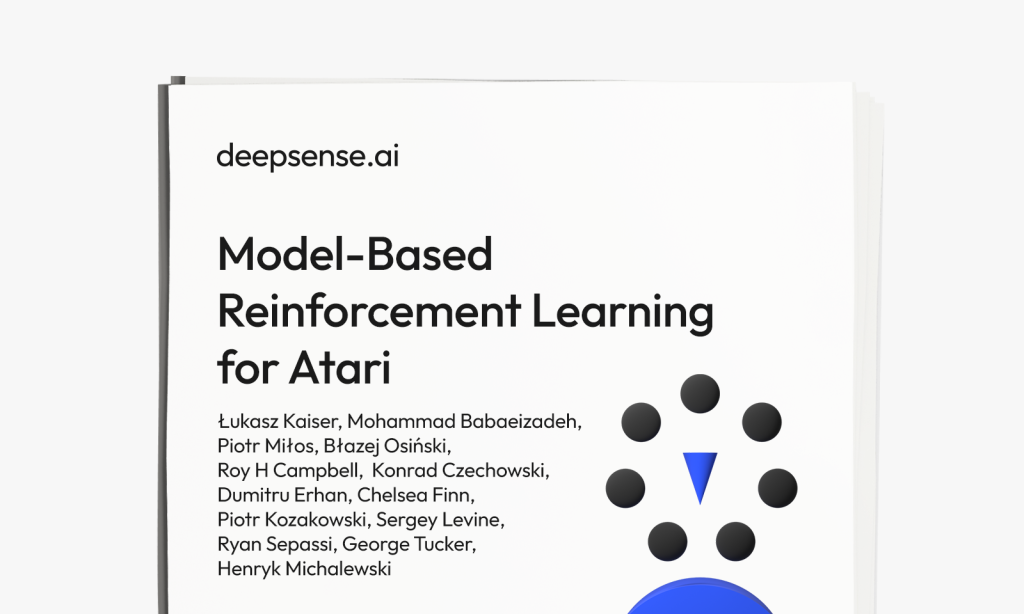
Read full paper
Details
Joint research with Google Brain, the University of Warsaw and the University of Illinois at Urbana-Champaign
- Trained a number of action-conditioned video models which are used as neural simulators of Atari environments
- Trained Atari agents using learned neural simulators and tested the performance of the agents in original environments
- Compared the performance of our agents to performance of agents trained using two model-free algorithms Rainbow and PPO and 100K and 500K interactions with the environment
- Invited presentations at the University of Oxford, DeepMind and Google Brain Zurich
Authors: Lukasz Kaiser, Mohammad Babaeizadeh, Piotr Milos, Blazej Osinski, Roy H Campbell, Konrad Czechowski, Dumitru Erhan, Chelsea Finn, Piotr Kozakowski, Sergey Levine, Afroz Mohiuddin, Ryan Sepassi, George Tucker, Henryk Michalewski
Abstract
Model-free reinforcement learning (RL) can be used to learn effective policies for complex tasks, such as Atari games, even from image observations. However, this typically requires very large amounts of interaction — substantially more, in fact, than a human would need to learn the same games. How can people learn so quickly? Part of the answer may be that people can learn how the game works and predict which actions will lead to desirable outcomes. In this paper, we explore how video prediction models can similarly enable agents to solve Atari games with fewer interactions than model-free methods. We describe Simulated Policy Learning (SimPLe), a complete model-based deep RL algorithm based on video prediction models and present a comparison of several model architectures, including a novel architecture that yields the best results in our setting. Our experiments evaluate SimPLe on a range of Atari games in low data regime of 100k interactions between the agent and the environment, which corresponds to two hours of real-time play. In most games SimPLe outperforms state-of-the-art model-free algorithms, in some games by over an order of magnitude.
References
- Babaeizadeh, M., Frosio, I., Tyree, S., Clemons, J., and Kautz, J. Reinforcement learning through asynchronous advantage actor-critic on a gpu. arXiv preprint arXiv:1611.06256, 2016.
- Babaeizadeh, M., Finn, C., Erhan, D., Campbell, R. H., and Levine, S. Stochastic variational video prediction. ICLR, 2017.
- Bellemare, M. G., Naddaf, Y., Veness, J., and Bowling, M. The arcade learning environment: An evaluation platform for general agents (extended abstract). In Proceedings of the Twenty-Fourth International Joint Conference on Artificial Intelligence, IJCAI, pp. 4148–4152, 2015.
- Bengio, S., Vinyals, O., Jaitly, N., and Shazeer, N. Scheduled sampling for sequence prediction with recurrent neural networks. In Advances in Neural Information Processing Systems 28: Annual Conference on Neural Information Processing Systems 2015, December 7-12, 2015, Montreal, Quebec, Canada, pp. 1171–1179, 2015.
- Buesing, L., Weber, T., Zwols, Y., Racanière, S., Guez, A., Lespiau, J., and Heess, N. Woulda, coulda, shoulda: Counterfactually-guided policy search. CoRR, abs/1811.06272, 2018.
- Castro, P. S., Moitra, S., Gelada, C., Kumar, S., and Bellemare, M. G. Dopamine: A research framework for deep reinforcement learning. CoRR, abs/1812.06110, 2018.
- Chiappa, S., Racanière, S., Wierstra, D., and Mohamed, S. Recurrent environment simulators. CoRR, abs/1704.02254, 2017.
- Chua, K., Calandra, R., McAllister, R., and Levine, S. Deep reinforcement learning in a handful of trials using probabilistic dynamics models. In Advances in Neural Information Processing Systems, pp. 4759–4770, 2018.
- Deisenroth, M. P., Neumann, G., and Peters, J. A survey on policy search for robotics. Foundations and Trends in Robotics, 2(1-2), 2013.
- Ebert, F., Finn, C., Lee, A. X., and Levine, S. Self-supervised visual planning with temporal skip connections. CoRR, abs/1710.05268, 2017.
- Ebert, F., Finn, C., Dasari, S., Xie, A., Lee, A., and Levine, S. Visual foresight: Model-based deep reinforcement learning for vision-based robotic control. arXiv preprint arXiv:1812.00568, 2018.
- Espeholt, L., Soyer, H., Munos, R., Simonyan, K., Mnih, V., Ward, T., Doron, Y., Firoiu, V., Harley, T., Dunning, I., Legg, S., and Kavukcuoglu, K. IMPALA: scalable distributed deep-rl with importance weighted actor-learner architectures. In Proceedings of the 35th International Conference on Machine Learning, ICML, pp. 1406–1415, 2018.
- Feinberg, V., Wan, A., Stoica, I., Jordan, M. I., Gonzalez, J. E., and Levine, S. Model-based value estimation for efficient model-free reinforcement learning. CoRR, abs/1803.00101, 2018.
- Finn, C. and Levine, S. Deep visual foresight for planning robot motion. CoRR, abs/1610.00696, 2016.
- Finn, C., Tan, X. Y., Duan, Y., Darrell, T., Levine, S., and Abbeel, P. Deep spatial autoencoders for visuomotor learning. In IEEE International Conference on Robotics and Automation, ICRA, pp. 512–519, 2016.
- Ha, D. and Schmidhuber, J. World models. CoRR, abs/1803.10122, 2018.
- Hafner, D., Lillicrap, T. P., Fischer, I., Villegas, R., Ha, D., Lee, H., and Davidson, J. Learning latent dynamics for planning from pixels. CoRR, abs/1811.04551, 2018.
- Heess, N., Wayne, G., Silver, D., Lillicrap, T. P., Tassa, Y., and Erez, T. Learning continuous control policies by stochastic value gradients. CoRR, abs/1510.09142, 2015.
- Hessel, M., Modayil, J., van Hasselt, H., Schaul, T., Ostrovski, G., Dabney, W., Horgan, D., Piot, B., Azar, M. G., and Silver, D. Rainbow: Combining improvements in deep reinforcement learning. CoRR, abs/1710.02298, 2017.
- Hochreiter, S. and Schmidhuber, J. Long short-term memory. Neural computation, 9(8):1735–1780, 1997.
- Kaiser, L. and Bengio, S. Discrete autoencoders for sequence models. CoRR, abs/1801.09797, 2018.
- Kalweit, G. and Boedecker, J. Uncertainty-driven imagination for continuous deep reinforcement learning. In Levine, S., Vanhoucke, V., and Goldberg, K. (eds.), Proceedings of the 1st Annual Conference on Robot Learning, volume 78 of Proceedings of Machine Learning Research, pp. 195–206. PMLR, 13–15 Nov 2017.
- Kingma, D. P. and Welling, M. Auto-encoding variational bayes. arXiv preprint arXiv:1312.6114, 2013.
- Kurutach, T., Clavera, I., Duan, Y., Tamar, A., and Abbeel, P. Model-ensemble trust-region policy optimization. CoRR, abs/1802.10592, 2018.
- Leibfried, F., Kushman, N., and Hofmann, K. A deep learning approach for joint video frame and reward prediction in Atari games. CoRR, abs/1611.07078, 2016.
- Machado, M. C., Bellemare, M. G., Talvitie, E., Veness, J., Hausknecht, M. J., and Bowling, M. Revisiting the arcade learning environment: Evaluation protocols and open problems for general agents. CoRR, abs/1709.06009, 2017.
- Mnih, V., Kavukcuoglu, K., Silver, D., Graves, A., Antonoglou, I., Wierstra, D., and Riedmiller, M. A. Playing atari with deep reinforcement learning. CoRR, abs/1312.5602, 2013.
- Mnih, V., Kavukcuoglu, K., Silver, D., Rusu, A. A., Veness, J., Bellemare, M. G., Graves, A., Riedmiller, M. A., Fidjeland, A., Ostrovski, G., Petersen, S., Beattie, C., Sadik, A., Antonoglou, I., King, H., Kumaran, D., Wierstra, D., Legg, S., and Hassabis, D. Human-level control through deep reinforcement learning. Nature, 518(7540): 529–533, 2015.
- Mnih, V., Badia, A. P., Mirza, M., Graves, A., Lillicrap, T. P., Harley, T., Silver, D., and Kavukcuoglu, K. Asynchronous methods for deep reinforcement learning. In Proceedings of the 33nd International Conference on Machine Learning, ICML, pp. 1928–1937, 2016.
- Oh, J., Guo, X., Lee, H., Lewis, R. L., and Singh, S. P. Action-conditional video prediction using deep networks in atari games. In NIPS, pp. 2863–2871, 2015.
- Oh, J., Singh, S., and Lee, H. Value prediction network. In Guyon, I., Luxburg, U. V., Bengio, S., Wallach, H., Fergus, R., Vishwanathan, S., and Garnett, R. (eds.), Advances in Neural Information Processing Systems 30, pp. 6118–6128. Curran Associates, Inc., 2017.
- Paxton, C., Barnoy, Y., Katyal, K. D., Arora, R., and Hager, G. D. Visual robot task planning. CoRR, abs/1804.00062, 2018.
- Piergiovanni, A. J., Wu, A., and Ryoo, M. S. Learning realworld robot policies by dreaming. CoRR, abs/1805.07813, 2018.
- Pohlen, T., Piot, B., Hester, T., Azar, M. G., Horgan, D., Budden, D., Barth-Maron, G., van Hasselt, H., Quan, J., Vecerík, M., Hessel, M., Munos, R., and Pietquin, O. Observe and look further: Achieving consistent performance on atari. CoRR, abs/1805.11593, 2018.
- Rybkin, O., Pertsch, K., Jaegle, A., Derpanis, K. G., and Daniilidis, K. Unsupervised learning of sensorimotor affordances by stochastic future prediction. CoRR, abs/1806.09655, 2018.
- Schmidhuber, J. Formal theory of creativity, fun, and intrinsic motivation (1990-2010). IEEE Trans. Autonomous Mental Development, 2(3):230–247, 2010.
- Schulman, J., Wolski, F., Dhariwal, P., Radford, A., and Klimov, O. Proximal policy optimization algorithms. CoRR, abs/1707.06347, 2017.
- Srivastava, N., Hinton, G., Krizhevsky, A., Sutskever, I., and Salakhutdinov, R. Dropout: a simple way to prevent neural networks from overfitting. The Journal of Machine Learning Research, 15(1):1929–1958, 2014.
- Sutton, R. S. Dyna, an integrated architecture for learning, planning, and reacting. SIGART Bull., 2(4):160–163, July 1991.
- Sutton, R. S. and Barto, A. G. Reinforcement learning – an introduction, 2nd edition (work in progress). Adaptive computation and machine learning. MIT Press, 2017.
- Tsividis, P., Pouncy, T., Xu, J. L., Tenenbaum, J. B., and Gershman, S. J. Human learning in atari. In 2017 AAAI Spring Symposia, Stanford University, Palo Alto, California, USA, March 27-29, 2017, 2017.
- van den Oord, A., Vinyals, O., and Kavukcuoglu, K. Neural discrete representation learning. CoRR, abs/1711.00937, 2017.
- Watter, M., Springenberg, J. T., Boedecker, J., and Riedmiller, M. A. Embed to control: A locally linear latent dynamics model for control from raw images. In Advances in Neural Information Processing Systems, pp. 2746–2754, 2015.
- Wu, Y., Mansimov, E., Liao, S., Grosse, R. B., and Ba, J. Scalable trust-region method for deep reinforcement learning using kronecker-factored approximation. CoRR, abs/1708.05144, 2017.

